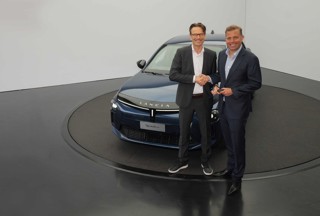Our philosophy is to make money from keeping customers happy, utilisation and growing our business.
“Strategically, buy-back gives us the platform to do that.”
Manufacturers have increasingly come around to Sixt’s way of thinking.
“It used to be the case that we were keener on buy-back than they were; now they are just as keen,” he says.
German brands account for around half his car fleet (40% Volkswagen Group, 10% BMW). Sixt also has strong ties with Ford, Vauxhall and Volvo.
The brand mix across its eight or nine traditional partners has remained fairly constant although Sixt is considering adding more brands to ensure a balanced portfolio and to meet customer needs, particularly for smaller cars for urban clients.
Most manufacturers are up for the conversation.
“There are some that say they want to reduce their rental business but in the same breath they say they want more of your business next year,” McLoughlin says.
Supply has never been an issue, although Sixt is taking a cautious approach to 2013 by purchasing fewer vehicles in the first six months. That could slightly age its fleet, which averages around seven months for cars.
The company takes a difference funding approach for vans, buying a much greater proportion outright and taking the residual value risk.
The figure fluctuates, typically from 30% of the fleet to 70%.



















Login to comment
Comments
No comments have been made yet.